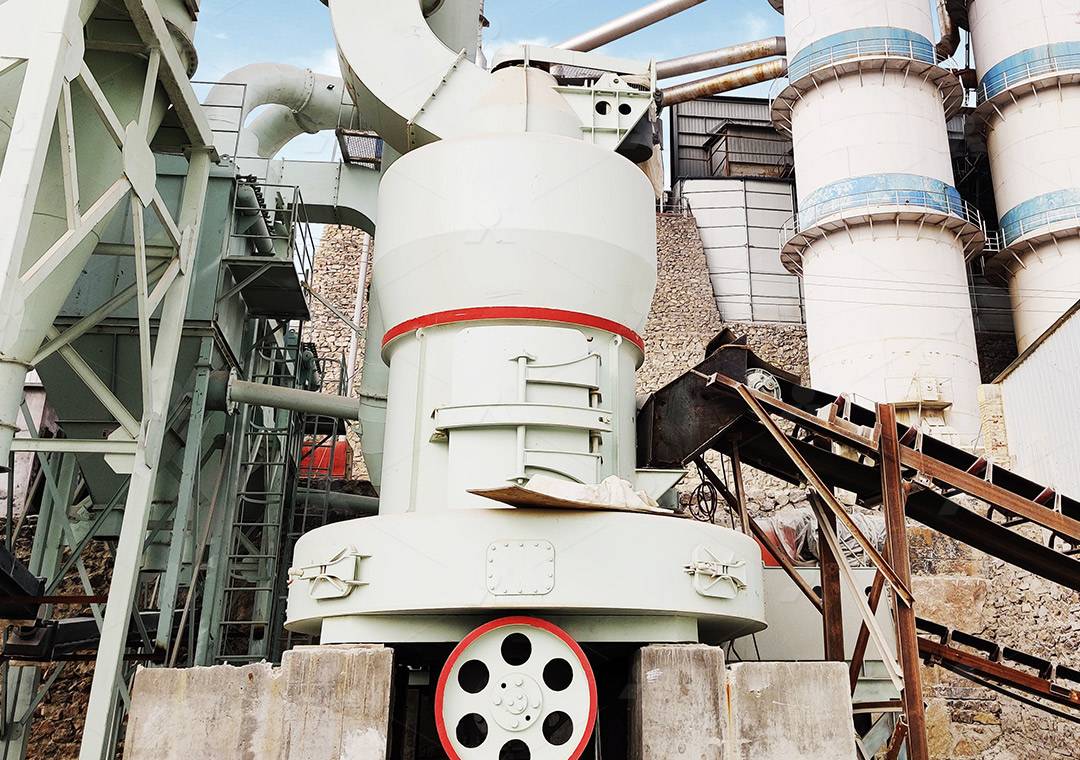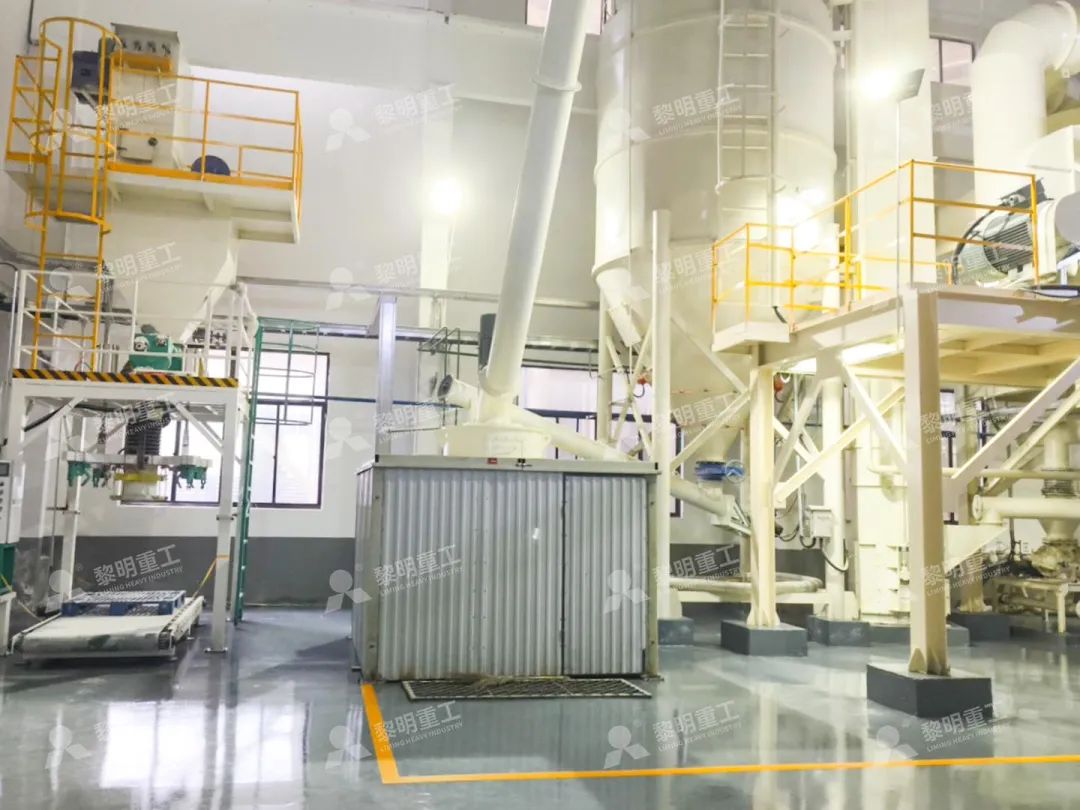Strategies to Reduce Energy Consumption of Coal Mills in Southwest Power Plants
Strategies to Reduce Energy Consumption of Coal Mills in Southwest Power Plants
For power plants across Southwest China, operational efficiency isn’t just a goal—it’s a necessity. With rising energy costs and stringent environmental regulations, optimizing the coal milling process, one of the most energy-intensive stages, is paramount. Inefficient grinding not only drives up electricity bills but also leads to increased wear and maintenance downtimes. This article outlines practical, high-impact strategies to significantly curb energy consumption in your coal milling operations.
The Core of the Problem: Inefficient Grinding
Traditional coal mills, like ball mills or older Raymond mill designs, are notorious energy hogs. A significant portion of the input energy is wasted as heat, vibration, and noise rather than being used for the actual size reduction of coal. Key factors contributing to high consumption include:
- Over-grinding: Producing fines beyond the required fineness for combustion.
- Mechanical losses: Inefficient drives, outdated bearing systems, and excessive friction.
- Poor drying: Inadequate integration of grinding and drying forces the system to work harder.
- System leaks: Air in-leaks disrupt the carefully balanced air-to-coal ratio, forcing fans to work overtime.

Key Strategies for Energy Reduction
1. Process Optimization and Controls
Implementing advanced process control systems is one of the most cost-effective steps. Automated systems can continuously monitor and adjust the coal feed rate, primary air temperature, and classifier speed to maintain optimal grinding conditions. This prevents over-grinding and ensures the mill operates at its peak efficiency point, often resulting in immediate energy savings of 5-10%.
2. Preventative Maintenance and System Sealing
A well-maintained mill is an efficient mill. Regularly inspecting and replacing worn grinding elements (rolls, tires, balls) prevents a gradual drop in efficiency. Crucially, conducting regular leak tests on the mill circuit and sealing any air in-leaks can dramatically reduce the power draw of the primary air fan, which is a major consumer.
3. Technological Upgrades: The Path to Major Savings
While operational tweaks yield gains, the most substantial long-term reductions come from upgrading to modern, energy-efficient grinding technology. Replacing outdated machinery with vertical roller mills (VRMs) designed specifically for coal is a game-changer.
\n

We have seen exceptional results in regional power plants that have upgraded to our LM Vertical Coal Mill. Its design integrates crushing, grinding, drying, and classification in a single unit, drastically reducing auxiliary equipment needs. Most importantly, its grinding principle—utilizing large rollers to crush material on a rotating table—is inherently more efficient than the tumbling action of ball mills. Plants report energy savings of 30-40% compared to traditional systems, alongside better product fineness control and significantly lower noise levels.
4. Optimizing Auxiliary Equipment
Don’t forget the supporting cast. Installing high-efficiency classifiers ensures coal is not recirculated unnecessarily. Upgrading to variable frequency drives (VFDs) on mill motors and, especially, on forced draft fans allows the motor speed to precisely match the load demand, eliminating the massive energy waste associated with throttling control.
A Case for Advanced Technology: Beyond Vertical Mills
For plants seeking the absolute pinnacle of efficiency for ultra-fine pulverized coal applications, particularly where superior burnout and lower emissions are critical, an even more advanced solution exists. Our MW Ultrafine Grinding Mill represents a leap forward. Engineered for customers who need to make ultra-fine powder, this mill operates with remarkablly lower energy consumption.
Its key advantage lies in its newly designed grinding curves and efficient cage-type powder selector. The data is compelling: with the same fineness and power, its production capacity is 40% higher than that of jet mills and its system energy consumption is only 30% of them. For a power plant focused on maximizing every unit of input energy, the MW Mill offers a tangible and powerful upgrade path, reducing operating costs while improving combustion performance.

Conclusion
Reducing the energy footprint of coal mills in Southwest power plants is an achievable target through a combination of smart process control, rigorous maintenance, and strategic investment in modern grinding technology. While every optimization helps, the most profound savings are realized by moving away from antiquated equipment. Solutions like the LM Vertical Coal Mill and the MW Ultrafine Grinding Mill are not just machinery; they are essential tools for building a more efficient, cost-effective, and environmentally responsible operation.
